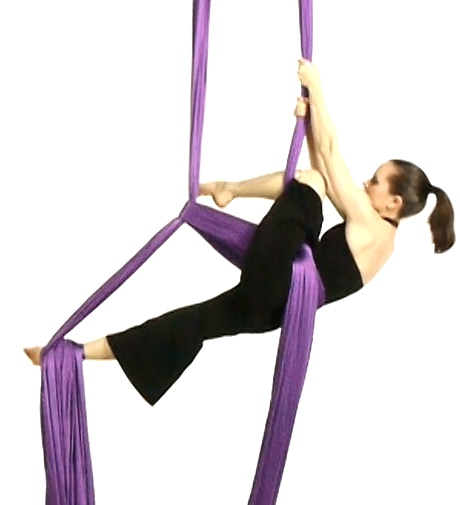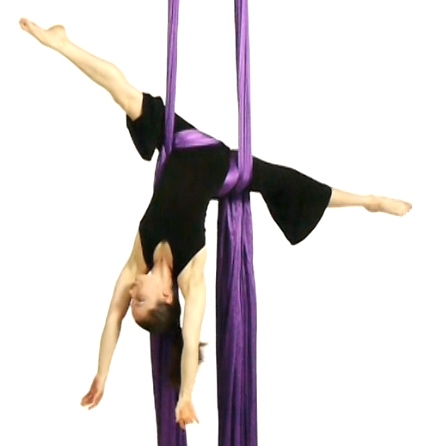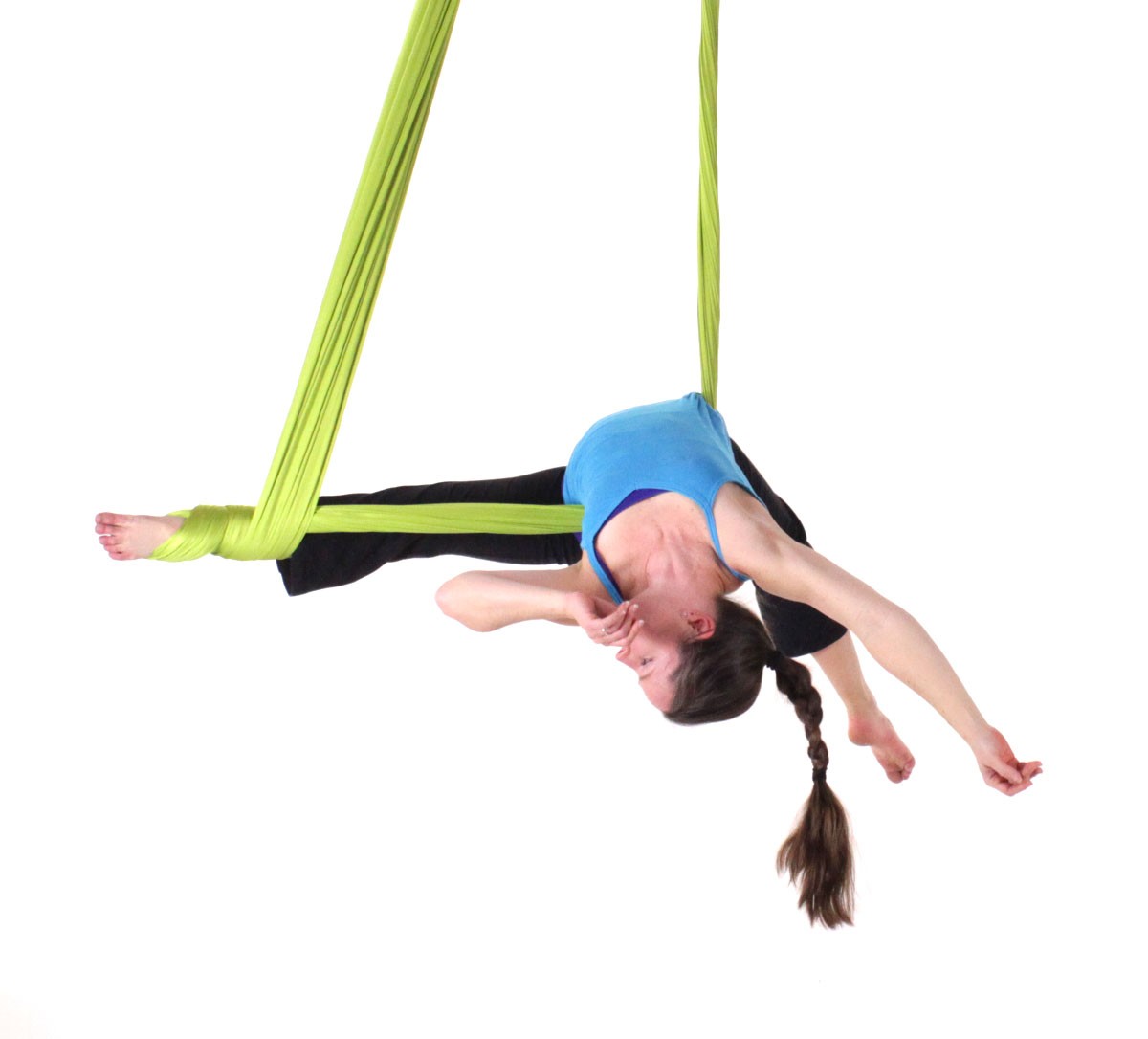I’ve been on an “Aerial Theory” kick lately and so you are getting some of my thoughts through this current blog series. In my last blog, I coined a term = Aerial Taxonomy. Just like biologists are concerned with classifying animals into kingdom, order, phylum, etc, it’s time aerialists got more organized with their classification system for aerial skill sets. This blog is concerned with why you should care. My next blog will be concerned with a set of guidelines that I follow when setting scientific-aerial names.
Aerial Taxonomy = The branch of science concerned with classification of aerial moves.
1. Having clear aerial taxonomy helps to classify aerial skills.
Well, this is the definition. Yes.
2. It helps to speak a similar language within the community.
I really appreciate being a part of the “creating a common language for aerial arts” Facebook group. It helps to see what people are calling things from different parts of the country. (I can’t imagine what it’s like in other languages — if anyone knows, you’ll have to let me know.)
If we can hit the more descriptive names when we cross-reference and cross-train, this can help us communicate more effectively across the professional aerial industry. When students move and pick up training at another gym, it is helpful to have similar names from place to place, at minimum for the basics of aerial.
3. It helps to raise the professional aerial community to higher standards.
When teachers get together and talk teacher-talk, it is extremely helpful to have proper names rather than say “I teach the purple bomb, then the sparkling twirl, etc.” Even if your local vernacular differs from the scientific name, anyone who seeks to be a professional aerial educator should learn the scientific names to be able to communicate among other professionals. This is analogous to calling a cat a “cat” versus “felis catus.” There’s a time and a place for both.
4. It helps to understand the connections between moves.
The more that you can abstract the concept behind the skill, the more you are able to see how skills across the board relate with one another, both in technique and through transitional pathways. You can then use conceptual connections when exploring unfamiliar territory and you can use transitional connections to enter and exit skills in interesting and unique ways for choreography.
If you have studied rope or silks for any length of time, you are starting to see how vital hitches are to your understanding of wraps. They pop up everywhere and do so many things! It’s helpful to have a consistent naming system for all these hitches (more next blog).
To give another example of this-> I have a skill on sling that I have named the “hip corset.” It is where the sling crosses behind your back and tightens around your hips. This very same wrap can also be put on the thigh. In that case, I am using the term “knee corset.” By using the term “corset” in both places, I am helping to highlight the similarities between the wraps. This can help students to see the underlying concepts as well. I will be writing more on this in the next blog.
5. It helps you to read new moves faster.
When I watch moves that go around on social media, or — most useful of all — when I’m watching my students during their learning process, I can immediately tell what they are doing and why things are working the way the are (or not working the way they are supposed to).
6. It helps you to uncover and discover uncharted territory.
This is the number one reason I am an Aerial Taxonomist/Researcher/Aerial Scientist & Classifier —> It gives you a systematic way to organize skills and thus you can find ones that are hiding just beneath the surface but no one has found yet! This is my favorite part. Even if they are things that have been done, seeing a new way to do an old thing or see a connection to another puzzle piece is fascinating.
I’ve included a video below so that you can see my brain in action. In this video, I go from a pedal press arabesque into an arabesque with silks together into a hip-blocked skater, into half-catchers and finally into catcher’s. It’s all in the family of half-catcher’s. By seeing that the wrap on the leg was a “catcher’s-crossing” I could see the transition was possible. The theory lies in the language that we use. I will write more on this topic in my next blog. Thanks for reading. 🙂
PS: Remember, if you like this kind of thing, we have almost 1,000 videos now in our video library that spans sling, silks, trapeze, hoop and rope!!! Sign up for a paying membership to view the whole library!!



